Editor’s Note: Rolf Nelson, author of many great books, and friend of these pages, shares some thoughts. You can see more from Rolf here.
In which Fountain Pens are like Reloading, and I had an insight into scripture….
To the novice shooter, guns might seem simplicity itself. Gun+ammo=boom and death-blossoms. Bigger guns make bigger booms. Fini. Right? How hard can it be? When a gun nut shooting enthusiast like myself gets asked a question about a technical detail of guns from an utterly ignorant but not ill-intentioned gun-weenie, (like “can you explain the names of the bullets so I can buy the best ones for my boyfriend? I think he’s got a 30 mm or something like that,”) the mind boggles at the possible ways to answer it. You have 3 seconds to balance technical accuracy, history, questioner attention span and IQ estimate, safety information, and thousand other things, and then navigate the right lesson with an avuncular tone that will help educate more than hinder. Do they really need to know the “why” on .30-06 Springfield vs. .308 vs. 7.62×39 vs 7.62x54R, vs. the cool new wildcat in 300 Herculean… No, stop. You just need to know what exact -cartridge- and gun type they have, and what they plan on doing with it, and what they normally shoot, and where they’ll be shooting, and what budget they have, and do they reload so do they care about military sealed primers and boxer vs Berdan primed and does the range allow you to sweep up the brass and… OMG MY BRAIN IS MELTING!!! Not a good time to gama-sperg. KISS is your friend.
You see the problem. To a serious shooter, there are a nearly infinite number of variables and details to reloading and shooting, and in any given situation a different one might be “most important.” Just looking at a single common cartridge, the .30-06 Springfield, you have a choice of 122 different types of ammo at MidwayUSA.com, and if you look in the reloading supplies there are 7 brands of brass and 320 potentially usable bullets in .308 diameter, along with scores of smokeless powders and more than a dozen types of large rifle primers that could, in a pinch, do. 7x320x40x12=896,000 possible combinations, most of which are very NOT “best.” And all that is without getting into esoteric cartridges or individual variations that crop up with unusual manufactures or older guns (what, “best” for a Turkish contract rebuild of an Eddystone Lee-Enfield, with a sporterized homebrew stock and BOSS? Uhhhh…. Yeaaaahhhhhh.) And picking which of them is “best” requires knowing barrel twist and length, expected use, etc.
And yet, when we turn to a new thing, we often ask the “how complicated can it be?” idiot inquiry ourselves. “Fountain pen. Ink. Paper. What could possibly go wrong? I mean, it’s not like it’s a new technology, right?”
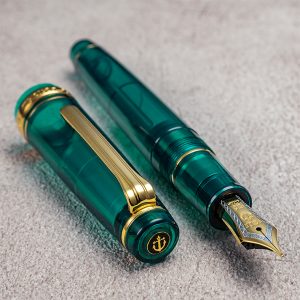 Yep. Sure thing, boss. Just like that.
Yep. Sure thing, boss. Just like that.
Sigh.
I was there last week, too.
I have had for many years a simple beginner’s calligraphy set I occasionally dig out and write with a bit. Nothing great, just cool lettering and a little scriptwork. Then I received a fountain pen for Christmas a couple of years ago, and I liked it. A Nemosine Fission (company now mostly out of business). Told the wife I liked it. She picked up another one for me this year (different brand, obviously), along with a three different colors of “normal” inks. Hated the pen, hated the colors, hated the way it felt in my hand and the scratchy way it wrote, hated the cheesey friction-fit cap, hated the synthetically bright ink colors, the way it “bled” into the paper. It was a “luxury” brand, but not particularly high priced, and it wrote like a crappy disposable gel-pen, which I also hate. Bletch. How can two such similar, simple items be so radically different? So in a fit of pique I mixed two of the nasty bright artificial colors in the pen by deliberately failing to empty out the valentine red before I sucked some synthetic “Caribbean Blue” up into the nib. I wrote a line, then looked at the pen in confusion. Not only was the color a surprisingly pleasant mauve (not a total shock given the colors being mixed), the feel of the pen nib on the paper and line thickness was totally different. It wrote smoothly, with neat, relatively narrow, crisp lines. The way it handled, and the technical appearance of the line was completely different, and much, much better. How was that possible? Two colors, of similar type by the same company, both of which wrote in a way that looked and felt horrible individually, when mixed, was not bad at all. Pretty decent, in fact.
What. The. Heck?
So I did some research, then ordered a couple more kinds of ink, and a trio of inexpensive fountain pens with different types of nibs, a pack of better quality paper (HP Premium 32 lb) to use in addition to the half-dozen types of paper I already had laying around, and set to work experimenting. Wow. A simple exercise, but it was, ahem, quite illuminating. And it required a considerable amount more research to understand what I was observing firsthand.
A 90-second synopsis is needed to explain my epiphany. There are over a thousand inks for fountain pens at JetPens.com, and some work in dip pens, some do not, and vice-versa. There are a variety of fountain pen nibs commonly available from major pen sellers, broadly grouped into “normal” and italic (oh, and “fude” calligraphy pens), and each come in a variety of widths and sizes, some of which are interchangeable on various pens, some of which are not. There are different nib materials, including stainless steel (most of them) 14k and 18k gold, titanium, and various plating and tipping materials. Some nibs flex more than others. Some inks are thicker, and flow much more sparsely, some are very “wet” and flow much more easily, and which is “best” for a particular pen model depends on many factors, including what paper you are using, how wide the nib is, how hard you press, what effects you want, how fast you need it to dry, are you left-handed, and more. The ink “fountains” can be cartridges, or “converters” that are piston, eyedropper, twist, or plunger, might be brass, steel, plastic, glass, and are sometimes but not always interchangeable. Do you need a high degree of forgery-resistance, or mere ordinary water-proofness, or do you need it to be easily water-removable? The exact same ink may look quite different when writing with an extra-fine nib rather than a 1.1mm italic nib because to flow-rate is so different that you see a very different saturation level, and therefore a different tone and appearance. Nearly the same color from two different companies, like Noodlers Walnut Brown and Platinum Classic’s Sepia may look similar on the screen, and not very different on your paper, but have a totally different feel when writing – in one of my pens, the walnut writes smoothly and is pleasant, making beautifully crisp lines and no noise, but the iron-gall based sepia is scratchy and gappy; it is very unpleasant to write with, but in a different pen with a different nib the effects are nearly perfectly reversed. Generally speaking, the most expensive and least expensive pens write the best, the mid-priced ones are more finicky, or maybe they just suck more. Price=/= quality, at least so far in the $7-$40 pen range (don’t have any >$40 pens to test).
Trying to find a pen/ink combination that I liked was like trying to find the right bullet/powder/charge combination for a particular old rifle. You have to match bullet weight to twist rate, powder speed and load to barrel length and bullet weight, and all within the desired external and terminal ballistics desired performance envelope. Many experience reloaders and shooters have seen bullets that either fly apart mid-air because of excessive rotation (twist too fast), or keyhole from insufficient spin (twist too slow) to stabilize them. And many other problems, too, if you experiment long enough. Some things that seem like they should work on paper, don’t, and things that seem stupid end up working out well. (For example, I have one batch of bullets that I can only shoot in a Glock 10mm if I load them upside down, so they look like wadcutters, or else they will keyhole at 5 yards and make a 12” group from a rest at 10 yards. They perform just fine, reloading, feeding, and firing, when loaded upside down. Stupid that works ain’t stupid. Similarly, the only ink the new Christmas “luxury” pen writes smoothly with is the mix of two nasty artificial colors by the same company. Weird, but there it is….)
The Diamine “oxblood” red works very well in the medium italic nib, but does not seem to like the fine or medium regular points I have. The emerald green in an extra-fine nib looks pretty awesome, but looks unnatural and garish in the medium nib. The boy-child likes the Oxford Blue in the cheapest fine-nib pen, the girl-child likes the oxblood and 54th Mass Blue (a bluish-gray) in a wide point, the wife likes the odd mauve mix in the Christmas medium point, hates the italic and fine nibs, I think the browns in the calligraphy pens are pretty awesome looking (but different) when done, but the write experience varies hugely (one is pleasant, the other almost like fingernails on a chalkboard)
So, about that “best” fountain pen….. Ahem. Yeah. Right. At the current time I’m at a place in my education about fountain pens and inks that I’m almost to where I can ask the right questions, and mostly understand the answers, and I’m vaguely aware of how much I don’t know. Oh, have I mentioned that the nibs, though usually steel, can be subtly damaged in ways not visible to the eye, and that can significantly alter the writing performance about a dozen different ways? It’s sort of like needing to trim-to-length high-pressure rifle brass after the third reload to take .002” of the brass stretch off. You’re eye can’t see it, but your growing 375 yard group size knows.
The epiphany that I had is that not only are most “mere” hobbies like this, but religious faith is also like this. People who grow up in a household with deep faith pick up a lot of things by osmosis, and can’t explain them to newcomers well because they don’t even know that people don’t know some things. Those who grew up in a generally cultural-Christian households think it’s simple, but don’t even really know what questions to ask, or how to understand the answers, because there is so much to Christianity, and when you are starting out it seems so simple, right? New Testament, Old, Gospels, cross, pray, go to heaven, right? Easy. Simple. Presents at X-mass, eggs at Easter, all there is, got it…..
Wait, there’s more? What do you mean orthodox/Christian/Catholic/Roman/Russian Orthodox/Anglican/Protestant/Lutheran/ 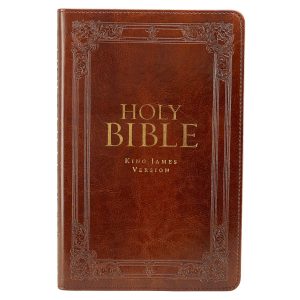 Parish/Synod/Creed/apocrapha/ Alexandrian Texts and translation issues, NIV, Douhey-Riems, KJ, NASB, etc? Uh….. Where to start? Where CAN you start? Genesis? But the New Testament supersedes the old, so should you really start there? But what about confession and baptism, and what’s this Filioque thing all about? BLAAAAAA, OMG MY BRAIN IS MELTING!!!
Parish/Synod/Creed/apocrapha/ Alexandrian Texts and translation issues, NIV, Douhey-Riems, KJ, NASB, etc? Uh….. Where to start? Where CAN you start? Genesis? But the New Testament supersedes the old, so should you really start there? But what about confession and baptism, and what’s this Filioque thing all about? BLAAAAAA, OMG MY BRAIN IS MELTING!!!
What’s the best gun? Go to the range with a knowledgeable person, try a bunch of them, ask a gazillion questions, see what works for you. It may not be what you were expecting.
What’s the best fountain pen? Buy a bunch, and a variety of ink, maybe visit a stationary store that has a load you can “test drive,” play with them for a while, watch a bunch of videos, ask a gazillion questions, expect a lot of “meh,” and figure out what seems to work well for you.
Treat gently those who find themselves on your doorstep, not comprehending, uncertain but looking for answers. Do not overwhelm them – most have a limited bandwidth for new, world-view-altering information of huge complexity, depth, history, and reach. Be honest, but do not move so fast they cannot keep up. Be careful, and good luck with the reloading, the writing, and spreading the word. But do it none the less.
And, on a related note, I think that the Beau and the other founders of the real Order of St. Possenti have it exactly right, on introducing the various branches all at once, giving novices the time and space to learn and come to a decision of which branch of the faith speaks to them, so they may pursue it in full confidence it’s the right fit for them, and where they are at the time.
God, guns, and the written word – what made America Great – all in one essay. Happy New Year!
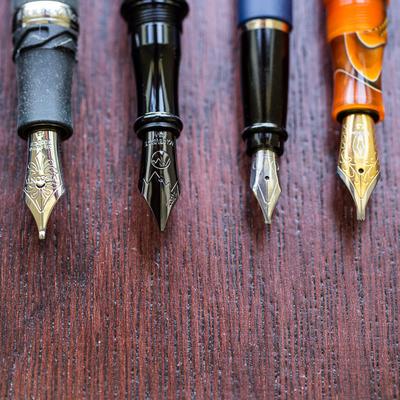



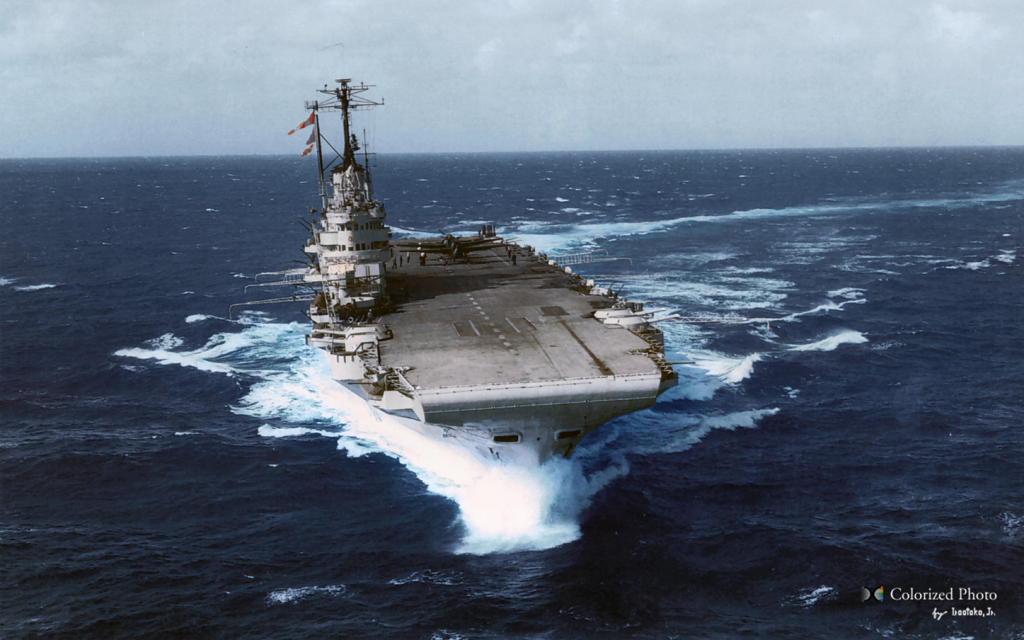
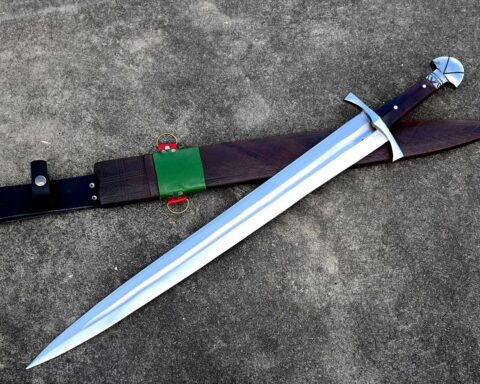


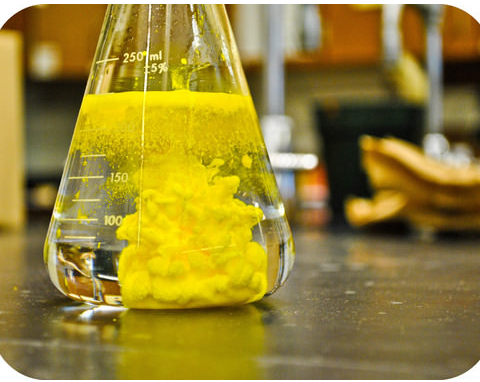

5
More denominational rabbit holes, caliber wars, and Glock suckitude in one post (plus something about fountain pens)? The only thing missing is a Chevy vs ford debate.
4